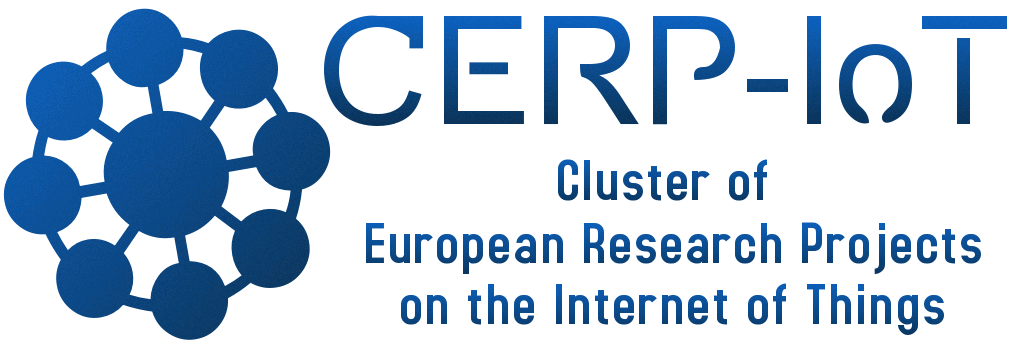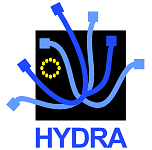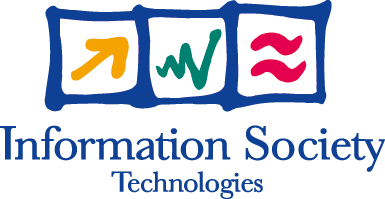Dissemination is important for Hydra. Three deliverables are now available.
 In the cause of the first 12 months of the project, the following deliverables have been published:
In the cause of the first 12 months of the project, the following deliverables have been published:D13.1 Project Website
This document briefly outlines the technical solution chosen and provides a short description of the main content elements of the initial project website. Since the website is continually being updated, this deliverable only describes the initial setup and population of the website.
D13.2 Dissemination Strategy
The Hydra dissemination strategy is based on progressively increasing dissemination efforts as project results are obtained, to ensure the widest possible awareness of the Hydra project and favourable conditions to facilitate exploitation after the end of project. The dissemination strategy is intended to optimise the dissemination of project knowledge and results to companies and organisations, which share an interest in the scientific results and the applications or are potential providers of Hydra services.
This deliverable outlines the dissemination strategy and initial plans of the Hydra consortium and its partners for the first two years of the project. An updated dissemination strategy for the final two years of the project will be produced at month 18. The overall objective of the Hydra dissemination activities is to inform the scientific community and broader public of the existence of the project, its emerging results and its future value.
In pursuit of this objective the main purpose of this deliverable is to:
• Develop a common understanding of the objectives of the Hydra dissemination activities in support of the overall objectives and activities of the project.
• Identify the types of key messages to be communicated by the project. • Identify the target audiences for the key messages.
• Identify the appropriate channels for communicating the relevant key messages to the appropriate target audiences.
• Develop a dissemination strategy designed to communicate the right messages to the right people in the right way at the right time.
D13.4 Plans for Contribution to Standardisation
Work Standardisation plays an important role in order to make new products a success on the market. In this respect two aspects are considered to be important for standardisation work:
• Use of existing standards, and
• Contribution to standards or development of new standards.
Use of existing standards supports technology convergence in making a new product interoperable with existing technologies. Since this is one of the main goals that the Hydra project wants to achieve, i.e. interoperability and inclusiveness, the development of the middleware will also be based on existing standards in the different areas of the project, such as Grid, web services, and security. On the other hand use of existing standards also saves efforts and money since not every technology has to be newly developed from scratch if there are approved and widely used technologies or standards already in place that could be deployed or built upon.
The deliverable summarises the standards already used, the standards that are envisaged to be used, and will identify possible contributions to existing and new standards in the areas of Web Services, Security, Identity Management,Networking, and Grid.





 The Hydra project is co-funded by the
The Hydra project is co-funded by the 


